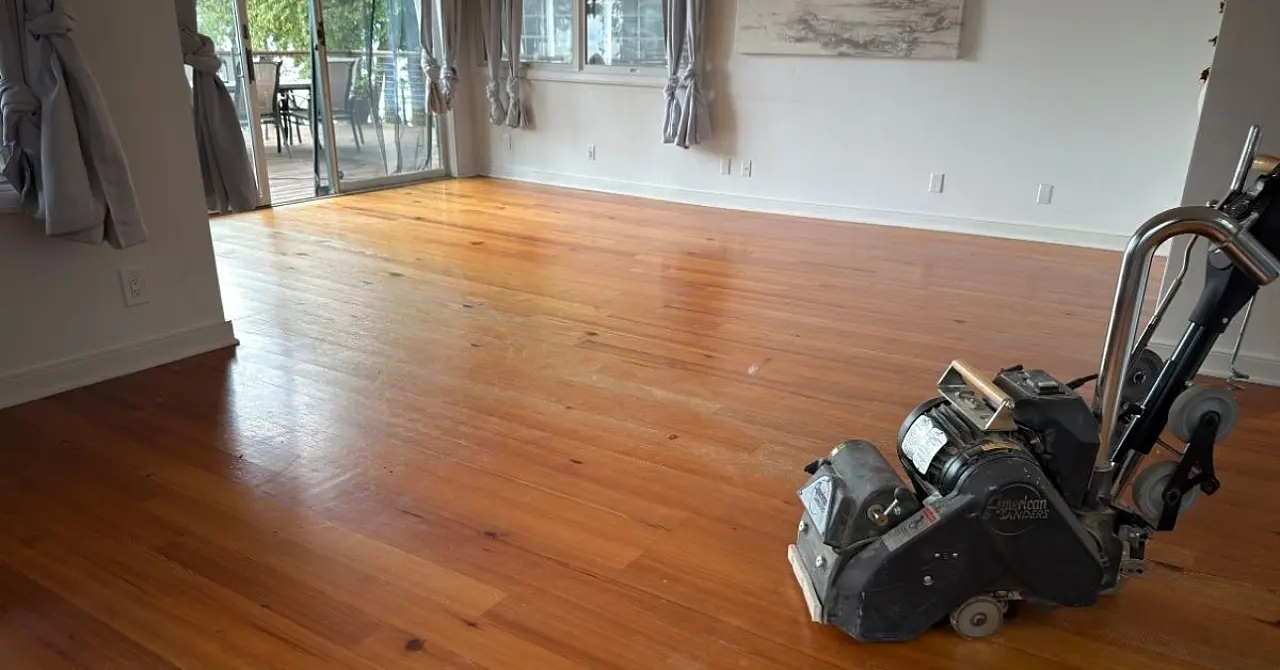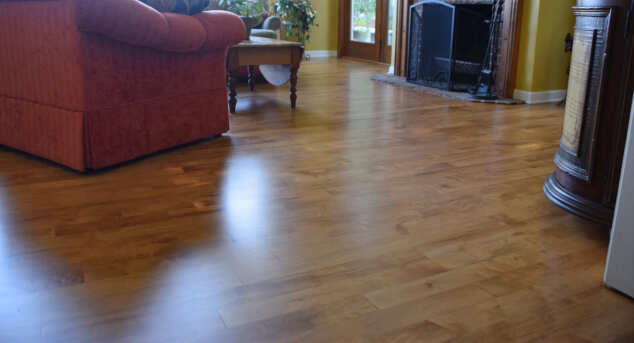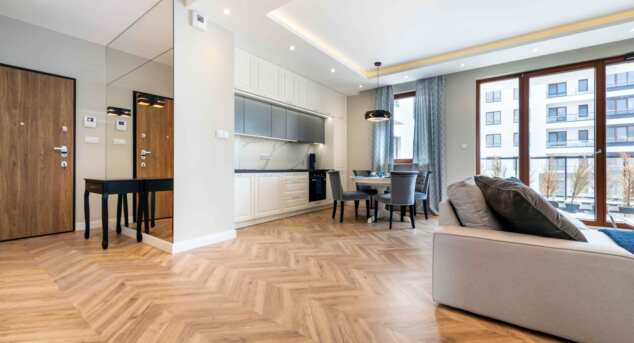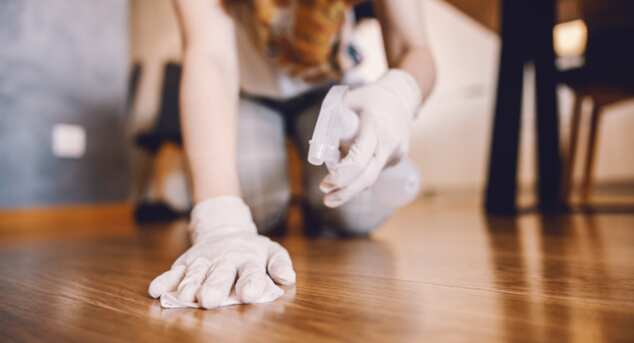Can You Refinish Damaged Hardwood Floors?
Posted by Aaron Schaalma
Short answer: usually, yes. Most real-wood floors can be sanded to bare wood and finished again, erasing years of wear and many types of damage. The key is knowing which problems refinishing solves—and which ones call for repairs first.
What refinishing can fix
Surface wear and scratches. Heavy traffic, micro-scratches, and dull patches disappear when the top layers are sanded off and new finish is applied.
Faded or yellowed color. UV fading and dated amber tones can be reset with stain (or left natural) during the refinish.
Light water marks. Gray haze or minor spotting that hasn’t penetrated deeply will usually sand out.
Small gaps and nail holes. Pros fill these during the process for a smoother, more uniform look.
When refinishing isn’t enough
Deep black water stains and pet damage. If discoloration has soaked far into the wood fibers, those boards may need replacing before the full refinish.
Cupping, crowning, or buckling. Moisture problems must be corrected and the floor flattened; badly deformed boards often require repair.
Rot, termite damage, or loose subfloors. Structural issues come first; then you can refinish.
Some engineered floors. Refinishing depends on the veneer thickness; ultra-thin wear layers might allow only a light abrasion (see “polish/buff” below) or no sanding at all.
Refinishing vs. polishing (buffing)
If your floor’s wood is intact and the finish is just tired, you might not need full sanding. A maintenance polish—also called a “buff-and-coat” or simply “buffing”—lightly abrades the existing finish and adds a fresh topcoat.
It’s cleaner, faster, and more affordable than a complete refinish, but it won’t remove deep scratches, change color, or fix damaged boards. When damage runs deeper than the finish itself, sanding/refinishing is the right path.
What a professional refinish includes
Evaluation & moisture checks. A pro confirms your floor species, thickness (important for future sandings), and any humidity issues.
Repairs & prep. Problem boards are replaced; fasteners are set; gaps and defects are filled.
Dust-managed sanding. Modern equipment keeps dust down while removing old finish and flattening the floor.
Color choice. Natural or stained, with test samples placed on your actual wood for confidence.
Durable finish system. Typically multiple coats of high-quality waterborne polyurethane for low odor, quick dry times, and long wear.
Cure & care. You’ll get clear guidance on move-in, rugs, furniture pads, and ongoing maintenance to extend the life of your new finish.
How to decide
If you see dullness, fine scratches, or light wear, consider a polish/buff (buff-and-coat).
If you see deep scratches, exposed wood, heavy discoloration, or board damage, plan for repairs and a full refinish.
Not sure? A reputable contractor will recommend the least invasive option that meets your goals.
In Wisconsin? Give us a call
For central and northeastern Wisconsin homeowners, Signature Custom Flooring gives honest assessments—recommending polishing (buffing) when it’s sufficient and full refinishing when damage demands it.
Our craftsmanship, dust-managed process, and modern finishes deliver beautiful, durable floors. If your hardwoods are damaged—or you’re hoping a simple buff will do—reach out to Signature Custom Flooring for straight answers and a floor you’ll love.



